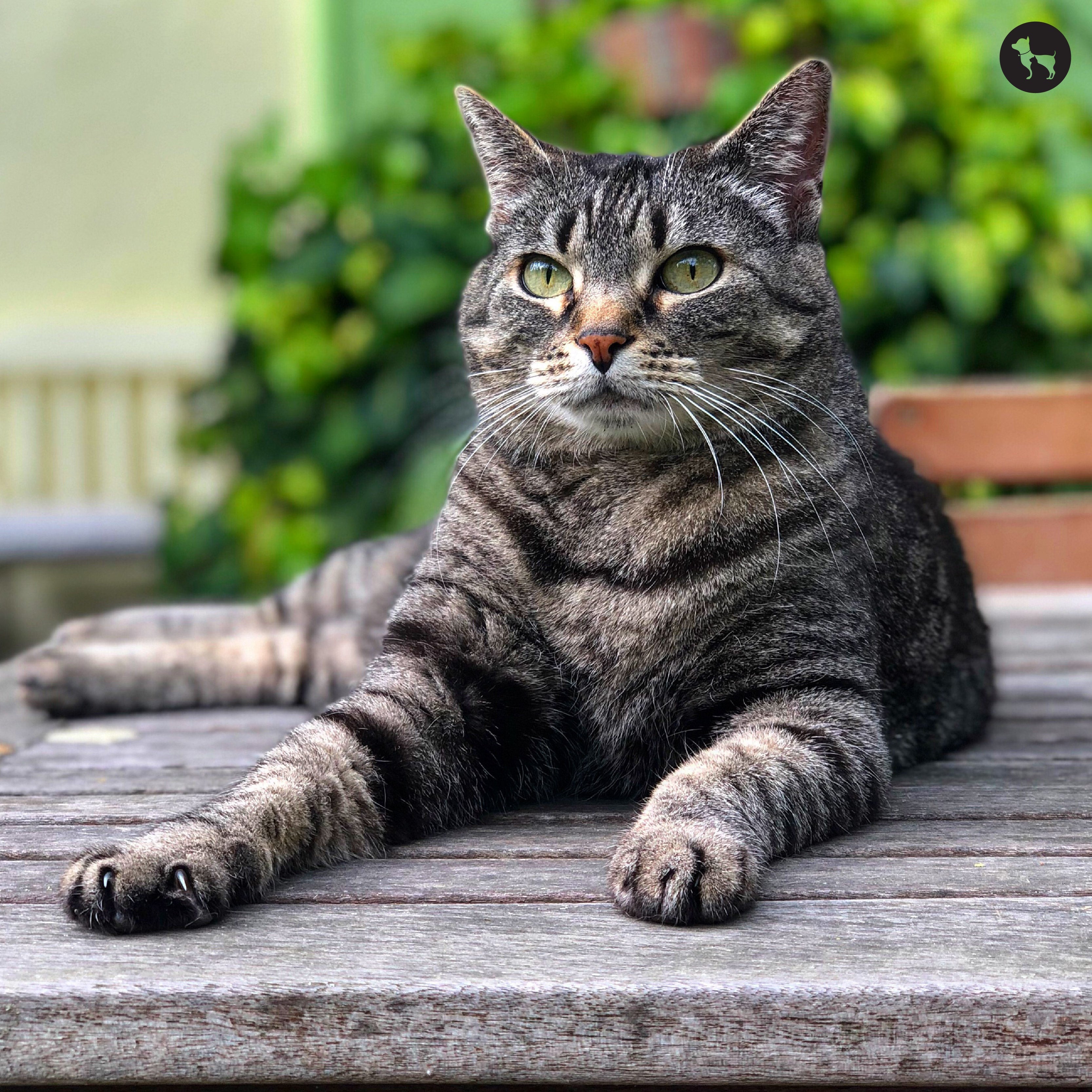
Understanding the age of the cat can help you care for them better as they grow and mature. Cats do not age like us, they move quickly from playful kittens to wise seniors in no time. A handy cat age calculator reveals just how their years stack up against ours, helping you understand their health and behaviour at every life stage.
In this blog, we will discover the cat age in human years. So, let’s get started!
The average lifespan of a cat depends on various factors like lifestyle, breed, and health care. Indoor cats typically live longer, with an average lifespan of 12 to 15 years, while some can even reach their 20s with proper care. Outdoor cats, however, go through multiple risks like accidents and disease, often shortening their life expectancy to 5 to 10 years. Regular vet check-ups, a balanced diet, and a safe environment contribute to a longer and healthier life for your feline friend.
With a cat age chart and a handy cat age in human years calculator, you can discover just how mature your feline companion truly is. Understanding their age helps in tailoring the right care, from diet to activity levels.
| Cat’s Age (Years) | Human Years |
|---|---|
| 1 | 15 |
| 2 | 24 |
| 3 | 28 |
| 4 | 32 |
| 5 | 36 |
| 6 | 40 |
| 7 | 44 |
| 8 | 48 |
| 9 | 52 |
| 10 | 56 |
| 11 | 60 |
| 12 | 64 |
| 13 | 68 |
| 14 | 72 |
| 15 | 76 |
| 16 | 80 |
| 17 | 84 |
| 18 | 88 |
| 19 | 92 |
| 20 | 96 |
| 21 | 100 |
| 22 | 104 |
| 23 | 108 |
| 24 | 112 |
| 25 | 116 |
As the cats grow older, subtle changes in their appearance and behaviour can reveal clues about their age. From their eyes to their coat and their body structure, each aspect offers a glimpse into their journey through life. By recognising these changes, you can better understand your pet’s needs and ensure they age gracefully within their cat age limit.

A young cat’s eyes are usually bright and clear. As they age, cloudiness or a bluish haze might develop due to natural ageing or conditions like cataracts. Older cats may also be more prone to watery eyes or tear stains.
A cat’s coat evolves with age. Younger cats often have smooth, shiny fur, while older cats may develop a coarser texture or grey hairs. They might also groom less frequently, leading to matting or a less polished appearance.
Teeth can be a strong indicator of age. Kittens typically have sharp, white teeth, but with time, yellowing, tartar build-up, or even tooth loss can occur. Regular dental care is crucial for keeping their mouth healthy.
During a young age, cats have defined muscles and a firm body structure. With age, they may lose muscle mass, resulting in a bonier feel, particularly around the spine and hips. Gentle exercise can help maintain muscle tone even as they grow older.

Every pet parent dreams of sharing as many joyful years as possible with their furry friend. While genetics play a role, creating a healthy and stimulating environment can significantly impact your cat’s lifespan. Here are some tips to help your cat thrive for years to come:
Knowing your cat’s age helps you tailor your care and attention to meet their changing needs. From their playful kitten days to their senior years, every stage brings joy and requires a little extra care. By providing your cat with the right cat food and rewarding them with healthy cat treats, you can help them live a long, happy, and fulfilled life. Explore HUFT's range of cat products to keep your furry friend content and well-cared for at every age!